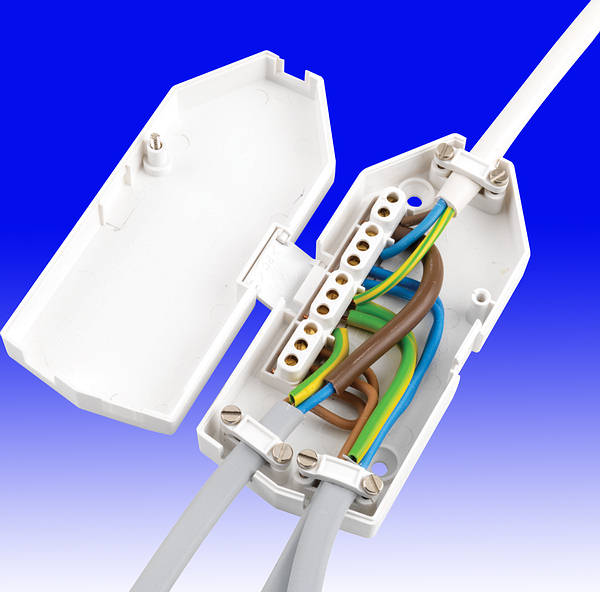My mum wants her lounge light changed. I took down the one that was up so that I could see if it would be straight forward for me to swap it over.
Technically, the way it is looks like it will be straight forward for me to put the new one up, but I just wanted to check if the way the existing wiring is, is safe - block connectors and insulating tape.
I've attached a pic of the connections on the new light fitting too.
Also, I couldn't lift the old fitting back up to re-attach it - it's too heavy, so I've had to just leave the wires as in the pic - is this OK temporarily? Nobody is going to be touching them
Technically, the way it is looks like it will be straight forward for me to put the new one up, but I just wanted to check if the way the existing wiring is, is safe - block connectors and insulating tape.
I've attached a pic of the connections on the new light fitting too.
Also, I couldn't lift the old fitting back up to re-attach it - it's too heavy, so I've had to just leave the wires as in the pic - is this OK temporarily? Nobody is going to be touching them






